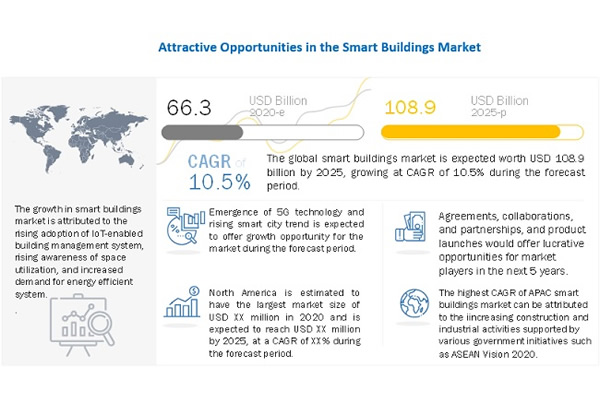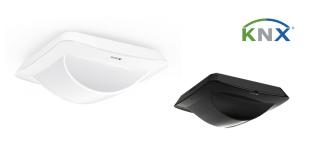The global smart buildings market is projected to grow from USD 66.3 billion in 2020 to USD 108.9 billion by 2025, at a Compound Annual Growth Rate (CAGR) of 10.5% during the forecast period.
The major drivers for the Smart building include the rising adoption of IoT-enabled building management system, rising awareness of space utilization, increased industry standards and regulations, and increase demand for energy-efficient system.

Based on the solution type, the energy management segment of the market is projected to grow at the highest CAGR from 2020 to 2025. As energy management solutions for smart building help to reduce and monitor the energy consumption of the building. Moreover, keeping operational expenses low is a continuous challenge for owners and managers of multistory buildings, schools, or building complexes which can achieved through smart building energy management solution.
The North American region is expected to lead the Smart buildings market in 2020. North America is one of the most developed countries in terms of technology. The growth of the market in North America can be attributed to emergence of latest smart building solutions that leverage new technologies, such as IoT, big data, cloud computing, data analytics, deep learning, and artificial intelligence, for saving energy, reducing operational expenditures, increasing occupancy comfort, and meeting increasingly stringent global regulations and sustainability standards. Moreover, the US and Canada are prominent countries contributing to technological development in this region. For instance, US organizations are heavily investing into smart building measures, such as building controls and building systems integration, to leverage energy efficiency and energy storage and deliver smarter, safer, and more sustainable buildings. The Canadian government is taking initiatives to support Canada’s commitment to protecting the environment and its resources by making federal buildings more energy efficient and reducing greenhouse gas emissions, driving the growth of smart buildings.












